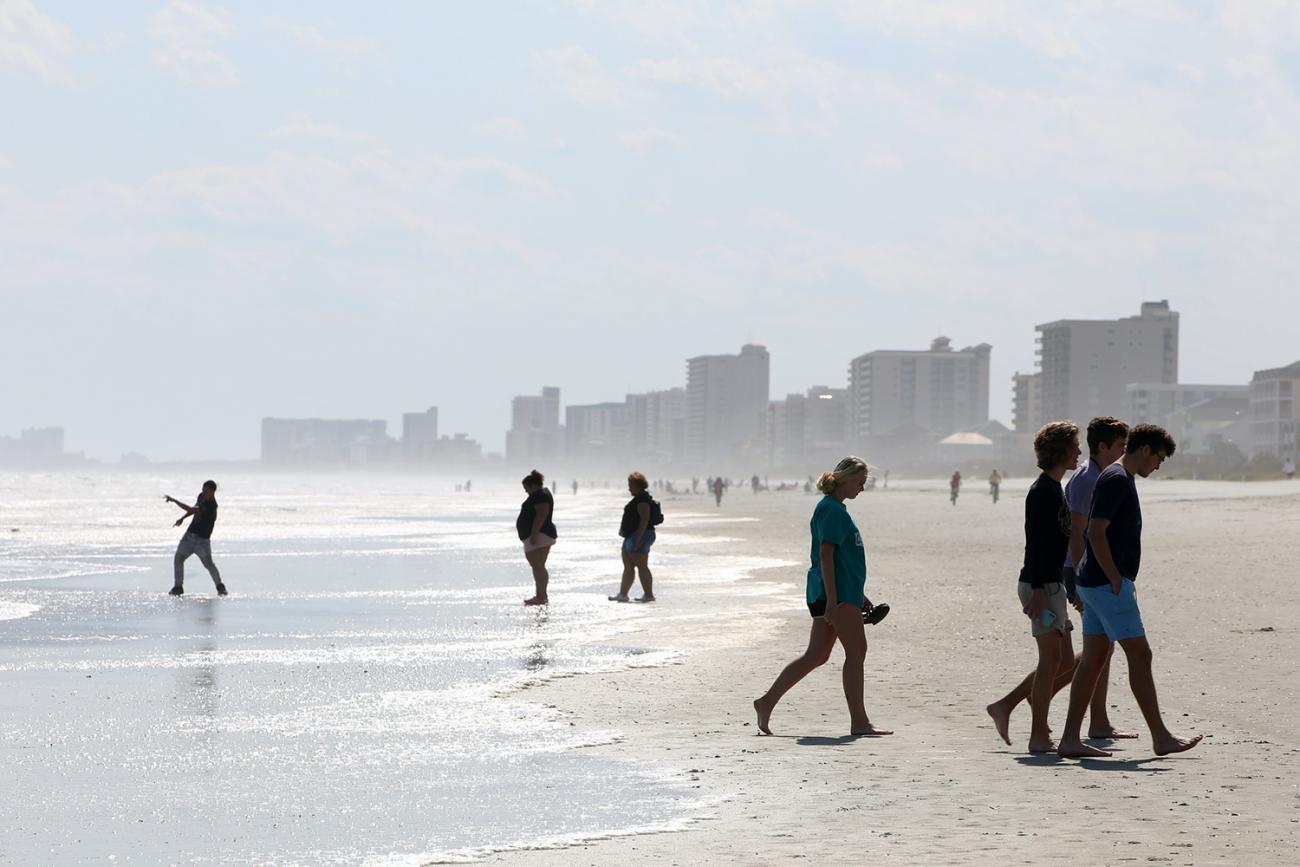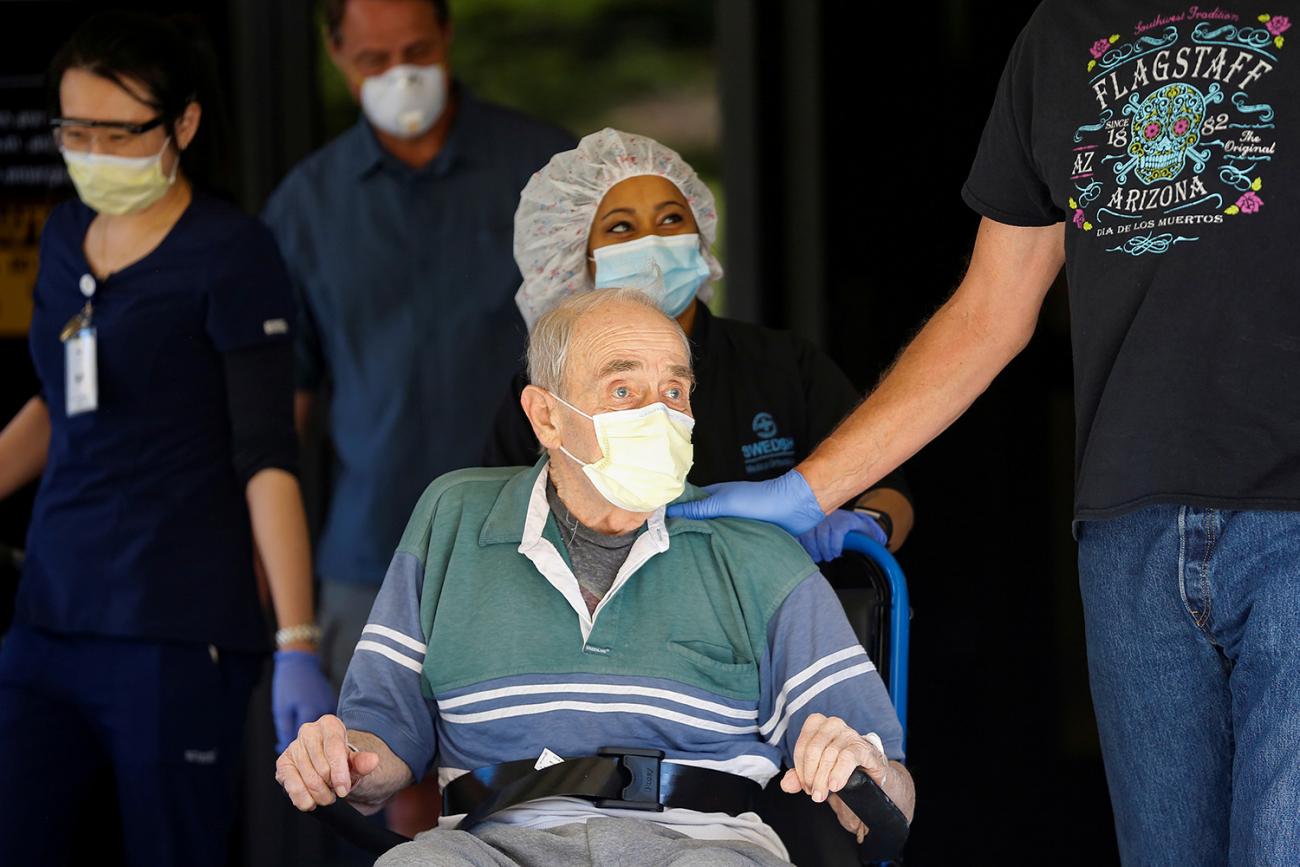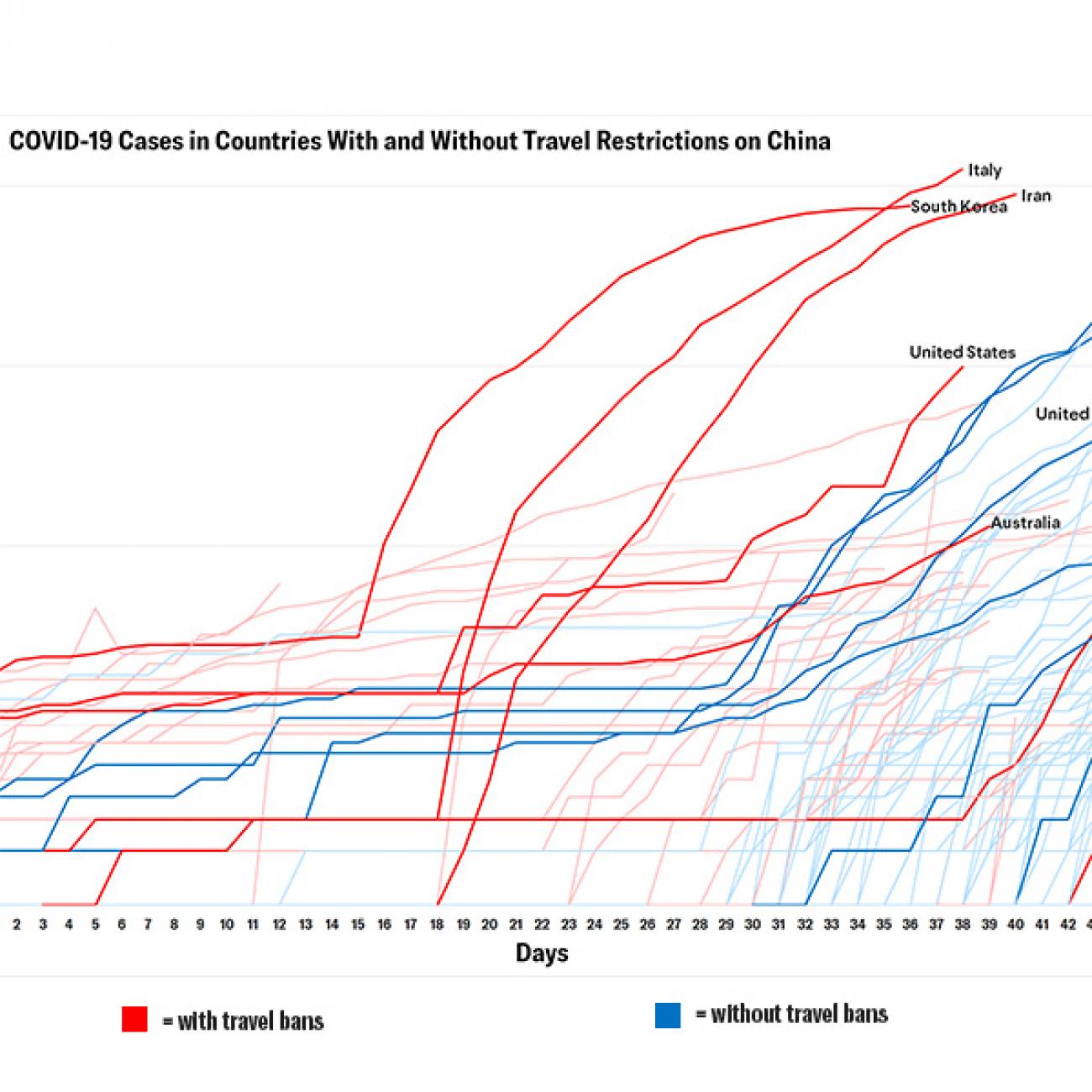More than 40,000 lives have been lost to COVID-19 to date in the United States. The price paid to try to stop the virus has been steep—unemployment has hit twenty-two million. Painful personal and economic sacrifices have reaped rewards across the country as physical distancing measures have blunted the virus’ impact, thus far averting more extreme mortality predictions. Yet COVID-19 has already inflicted immeasurable suffering on families and communities. On one hand, the physical distancing measures cannot be lifted soon enough in order to get the economy—and everyone’s lives—back on track. On the other, if states reopen too soon, there is a substantial risk that the virus will come roaring back, sickening and killing in large numbers, overwhelming hospitals, and grinding the wheels of our economy to a halt yet again. All the progress could vanish in the blink of an eye.
…a conservative estimate of the number of infections each location could manage using public health containment strategies to prevent a resurgence
Americans owe it to those who have lost their lives, their loved ones, and their livelihoods to proceed with caution. To help states weigh the risks of easing physical distancing measures against the economic consequences of prolonged lockdowns, the Institute for Health Metrics and Evaluation (IHME) has projected when it could be safe for states to begin to reopen, if and only if appropriate public health strategies are in place. For each state, the timeline is based on the date by which the model projects that COVID-19 infections will drop below 1 per 1 million people. This is a conservative estimate of the number of infections each location could feasibly manage using public health containment strategies to prevent a resurgence of COVID-19.

According to IHME projections released on April 21, relaxing physical distancing could be safe as soon as the first or second week of May in Alaska, Hawaii, Maine, Montana, North Carolina, Ohio, Vermont, and West Virginia.
By mid- to late May, Alabama, California, Colorado, Delaware, Idaho, Illinois, Indiana, Louisiana, Michigan, Minnesota, Mississippi, Nevada, New Hampshire, New Jersey, New Mexico, New York, Oregon, Pennsylvania, Tennessee, Washington, Wisconsin, and Wyoming could be able to ease physical distancing.
Connecticut, Washington DC, Maryland, Massachusetts, Missouri, Rhode Island, South Carolina, Texas, and Virginia could need to keep physical distancing measures in place until early June. Those states that could need to wait until later in June to relax physical distancing include Arizona, Arkansas, Florida, Georgia, Iowa, Kansas, Kentucky, Nebraska, Oklahoma, South Dakota, and Utah. In North Dakota, physical distancing measures could need to stay in place until July 12.

These dates could change depending on what the future holds. IHME will continue to update its models regularly as the COVID-19 pandemic evolves, and its projections will shift to follow these data. For example, IHME’s projections are revised as it obtains and incorporates new data from states on deaths as well as presumptive positive COVID-19 deaths. The forecasts could also change depending on actions at the state level. If states that have not yet issued shelter-in-place orders do so, the pandemic could peak sooner and at a lower level than expected, shifting the dates in the model to an earlier time frame. Likewise, if states relax physical distancing measures more quickly than anticipated, IHME will update its projections to reflect these changes. Finally, it will be important to pay close attention to the forecasts for states in which large outbreaks have been identified, such as Iowa and South Dakota. These outbreaks could be contained quickly, as was the case in Washington State, or expand rapidly.
It will be important to pay close attention to the forecasts for states in which large outbreaks have been identified, such as Iowa and South Dakota
As physical distancing measures are relaxed, public health departments need to have strong containment strategies in place to guard against resurgence of COVID-19, including widespread testing, tracing, and isolating cases as well as continuing to ban large gatherings. Public health departments should also be vigilant about the virus being reintroduced by people traveling from other states (especially from those that have yet to reach their peaks) and countries. Ideally, public health departments should supplement containment strategies with random sampling of the population for COVID-19 to monitor for any rebound in infections. If testing capacity is limited, however, public health departments could prioritize frequent testing of high-risk groups in workplaces where physical distancing is challenging, such as grocery stores.

The dates by which IHME projects states could relax physical distancing are based on COVID-19 infections dropping to less than one per one million people. IHME chose this target because it assumes every health department in the United States could manage that number without increasing its workforce. Public health departments around the country tend to be staffed at low levels. States could likely ease up on physical distancing measures sooner than IHME projections indicate if they expand their public health workforce.
Hopefully these projections can help states reopen their economies as safely as possible
IHME will also update its projections based on lessons from other countries that have gotten the pandemic under control. Spain, having passed the peak of COVID-19 deaths, is beginning to ease up on physical distancing. Will they be able to reopen their economy without a major resurgence? The world will learn from their experience, and IHME will incorporate this learning into its projections. Hopefully these projections can help states reopen their economies as safely as possible. From a public health perspective, the longer states can wait to reopen the better, but they should weigh health concerns alongside the harm of economic downturn. If states wait to relax physical distancing measures until infections drop to less than one infection per one million people, they are much more likely to protect against a resurgence of the virus. Through careful planning and continued vigilance, states hopefully can chart a path to economic recovery while also safeguarding the hard-earned progress they have made to date against the virus.

EDITOR'S NOTES: The author is employed by the University of Washington's Institute for Health Metrics and Evaluation (IHME), which produced the COVID-19 forecasts described in this article. IHME is a partner on Think Global Health.







